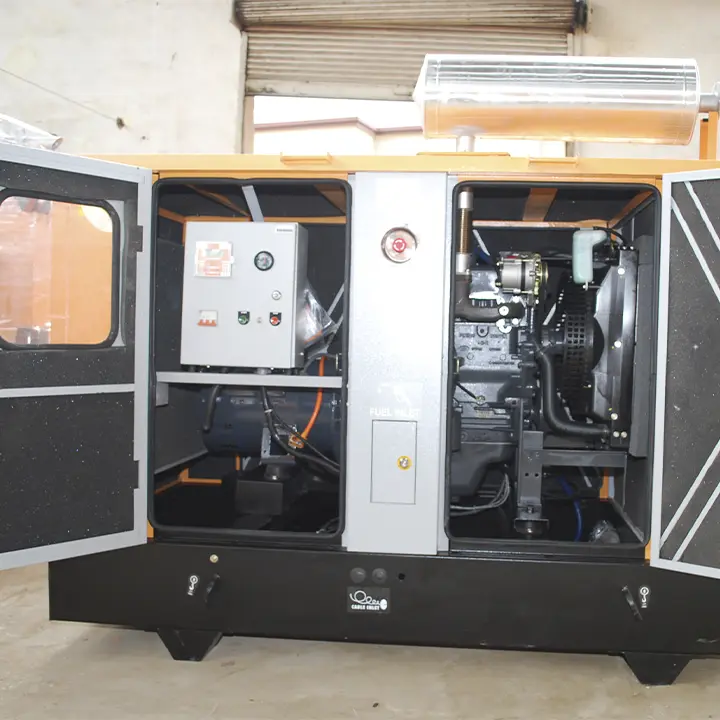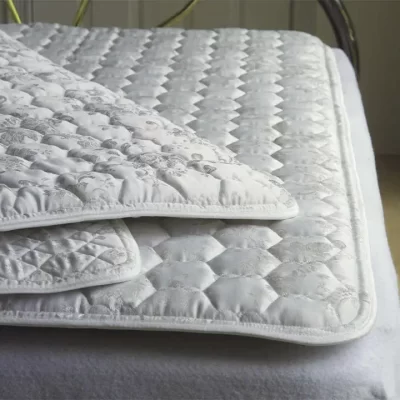Generators and Canopy
Polyurethane (PU) acoustic foam is widely used in generator housings and acoustic canopies to reduce noise emissions, control vibration, and ensure compliance with industrial noise regulations. It helps make generators quieter and safer to operate, especially in residential, commercial, and hospital settings.
Description
Recommended PU Foam Types for Generator Applications
| Foam Type | Properties | Application |
| Open-cell PU Foam | Lightweight, high sound absorption | Canopy walls and ceiling lining |
| PU Foam with Aluminum Foil Facing | Heat and oil resistance + sound absorption | Near engine blocks, exhaust zones |
| Composite PU Foam Layers | Sound + vibration damping (multi-layer) | High-performance enclosures |
| Fire-retardant PU Foam | UL 94 / FMVSS 302 compliant | Safety-critical installations |
Why Use PU Foam for Generator Noise Control?
Generators, especially diesel gensets, produce high levels of engine noise, exhaust sound, and vibrational energy. PU foam helps by:
Absorbing Engine Noise: Its open-cell structure captures and dissipates sound energy from combustion and mechanical parts.
Reducing Reverberation in Canopy Enclosures: Prevents echo and sound amplification within metal generator enclosures.
Minimizing External Noise Emission: Essential for meeting local and international noise regulations (e.g., <85 dB(A)).
Improving User Comfort and Safety: Creates a quieter working environment and reduces hearing damage risk.
Typical Applications in Generator Systems
- Inside Acoustic Canopies / Generator Enclosures
- Engine Compartment Liners
- Access Doors and Panels
- Control Cabinets and Exhaust Ducts
| Property | Typical Values |
| Thickness | 25 mm to 100 mm |
| Density | 25–35 kg/m³ |
| Noise Reduction Coefficient (NRC) | 0.75–1.00 |
| Temperature Resistance | Up to 100–120°C (with foil or film facing) |
| Fire Rating | UL 94 HF-1 / FMVSS 302 / ISO 3795 |
Benefits of PU Foam in Generator Acoustic Treatment
- Excellent sound absorption in a compact space
- Thermal insulation when foil-faced
- Lightweight and flexible for curved and tight spaces
- Cost-effective vs. mineral wool or rubber composites
- Customizable thickness and shapes
Use only fire-retardant, oil-resistant PU foam in generator environments to ensure:
- Flame resistance
- Resistance to fuel, oil, and heat exposure
- Longevity under vibration and outdoor conditions






